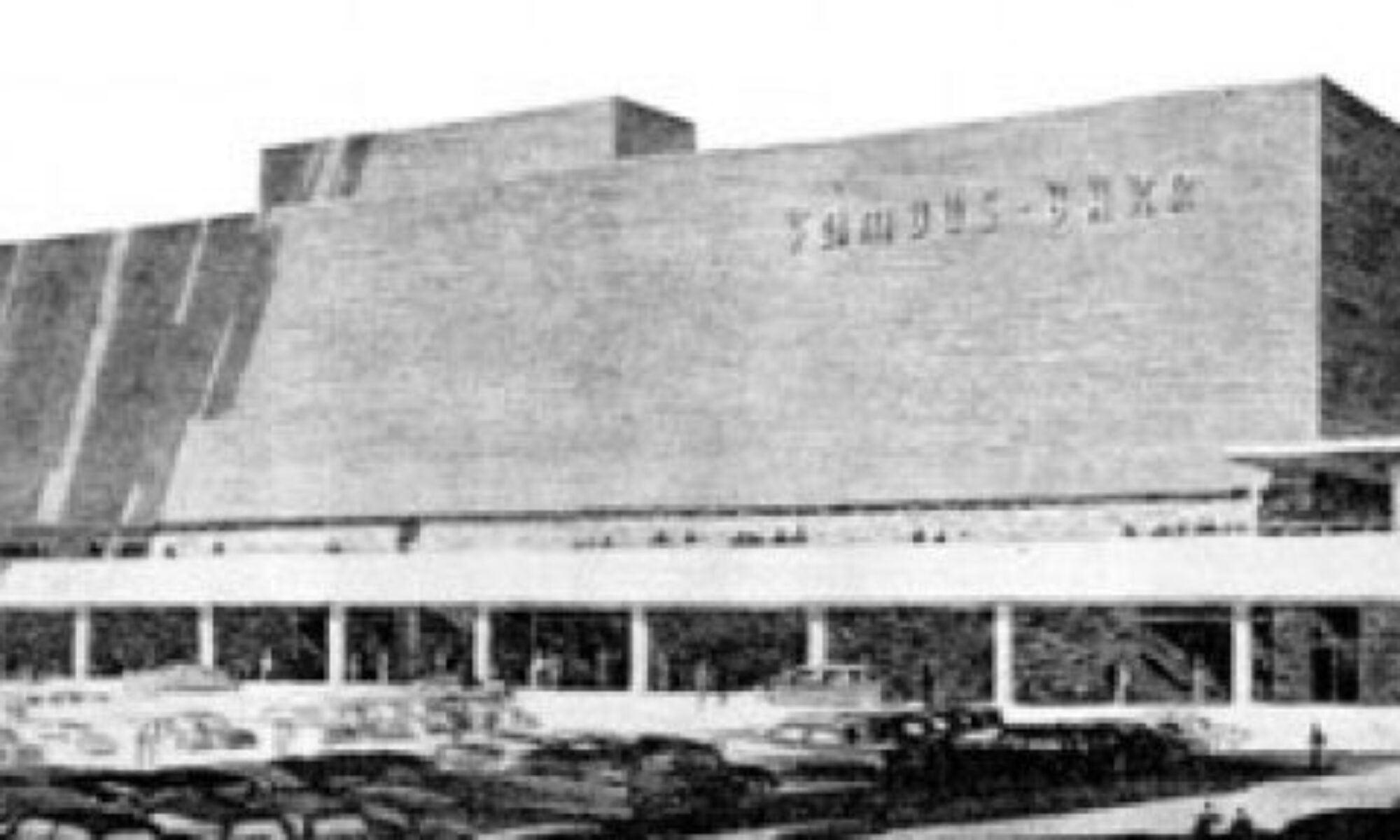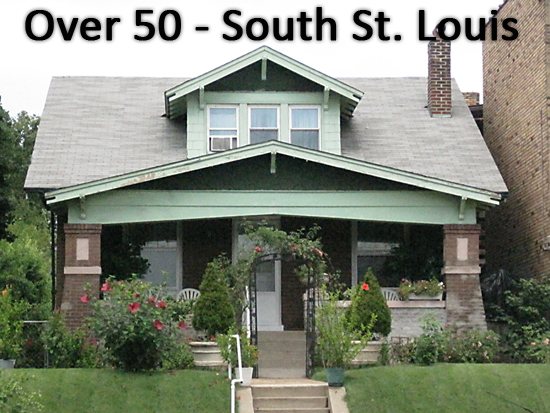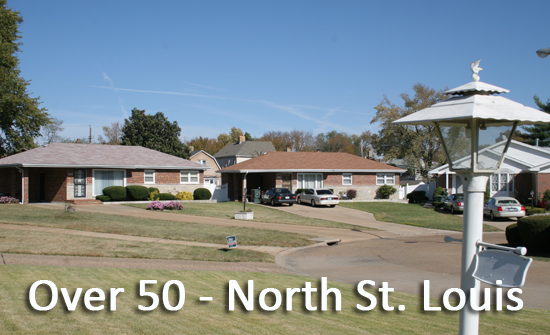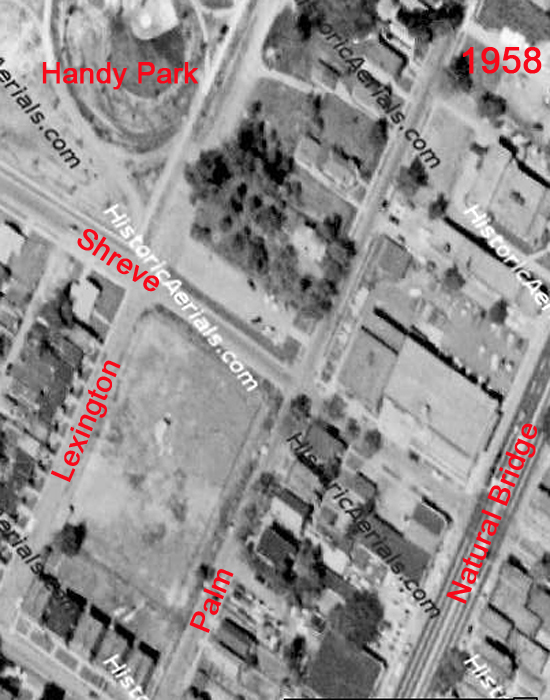
Viva Las Vegas. It’s 1964. It’s Elvis Presley and Ann-Margret (I want this picture as a wall mural). Need any more be said?

Yeah?
OK, let’s talk.
We all know the deal with Elvis movies; typical phrases include “cheesy,” “so bad they’re good,” “so awful,” and “flip the channel now, or else!” The plots are flimsy and recycled movie after movie. Elvis wasn’t an actor, and these things killed his career. And all of this is probably true.

But I look at it another way. They are harmless fun, Elvis was undeniably hot, even when the song was crap that voice was incredible, and most important of all: They Are Flat Out Gorgeous To Look At! If you can’t buy the other arguments, simply turn down the sound and watch and try not to be transported into jet set modern nirvana.
Elvis made a total of 31 movies, most of them during the 1960s when they were after the burgeoning Boomer youth market with disposable cash, so they made every effort to be bright, sexy and colorful. All the girls wore the most up-to-date mod clothes and accessories, all the boys are in skinny chinos and the shirts that, today, go for top dollar at the vintage stores, and they’re all falling in love and dancing up a storm.

From a design standpoint, this pursuit of ultra mod makes for some of the most captivating modern sets, and locations (like the 1963 McCarran Airport Terminal, above) with all the jet age architectural icons of the ’60s filmed almost as soon as they were built. For instance, his 1963 film It Happened at the World’s Fair is all about finding love and singing songs at the Century 21 Exposition in Seattle, and was filmed on location at the Fair. Meaning there’s the Space Needle and the Pacific Science Center all shiny and new being used as Elvis props! What’s not to love?

Elvis movies tended to use the same teams of people in rotation, and all the best looking mod Elvis films are art directed by George W. Davis with set decoration by Henry Grace. A little IMDB research shows that Davis and Grace worked together most of the time, including all the Elvis films mentioned so far (and the one below) plus Double Trouble, Speedway (with Miss Nancy Sinatra wearing the most to-die-for wardrobes ever!), Spin Out and The Trouble With Girls. Choose any one of these and see a mid-century master at work, with the ginchiest locations (like the Flamingo Hotel pool, above), or sets made from scratch filled with sinuous curves and lines, and colors that make the eyes feel like velvet.

Even if you can’t stomach the prerequisite Forlorn Elvis Love Ballad, Davis made sure it looked amazing, like this scene above where he turns a shop-worn boat into a purple riot. George W. Davis was also the art director for films such as Bells Are Ringing, 2 Doris Day flicks (Please Don’t Eat the Daisies and The Glass Bottom Boat), The Courtship of Eddie’s Father, and he did most all Connie Francis movies, and the 2 movies featuring Herman’s Hermits (Hold On! and When The Boys Meet The Girls). His consistency of style was his strong suit… until that style faded away. His last movie credit is in 1972, which means he retired the age of 58. This is one art director who may not have had the patience to endure 1970s realism for a paycheck. So good for him!

When they move inside to hotel rooms (all the characters in Elvis movies stay in hotels – the best way to go mad with the mod furniture and accessories), every single shot is loaded with details that make it look like a Barbie doll play house come to life. And Elvis and his love interest are usually in the brightest, contrasting colors of all so they have half a chance of not being upstaged by the sets.

1965’s Girl Happy screams MCM right out of the starting gate, with the craziest cool opening credits. The only plot point that really matters is that it’s set in spring break Fort Lauderdale, Florida, which creates the excuse for THIS….

To my eyes, this is way better than any masterpiece Renaissance painting. It looks like a painting, doesn’t it? And maybe for this long shot it is. But 60% of the flick takes place at the fictional Seadrift Motel, so they built a 3-dimensional set that should have been billed as one of the stars.

The exterior set of the motel is all pastels and sharp angles softened by curves, both architecturally and human-wise. These pastels are needed so that…

…Elvis pops in his bright red and sleek black ensemble. It doesn’t matter what song it is because it’s just the sexy purr of his voice as he saunters around a Hollywood googitude take on Florida beach side motels.


Come night shots, the aqua water is still, thus introducing the cool, smokey pastels, and check out that floating palm tree in stand! The art direction is so precisely thought out that the pick-up truck that will eventually play an “important” part in this scene is the most exquisite pastel shade of mint green, and they make sure to get a shot of it parked against a pink and white striped wall!

Many girls cram into the small motel rooms (spring break, remember), making it difficult to get a clear shot of the decor, but you get the gist. And bear in mind that we’ve only looked at two Elvis movies art directed by Davis. I had to stop myself from documenting more of them because, at some point, obsessive behavior is off-putting, and it’s best not to cross that line in public. But if you’re wanting more mouth-watering mid-century modernism a la Hollywood, simply watch anything where Elvis is swathed in the luscious glow of George W. Davis, and sound on or off, it’s a guaranteed treat.






















































